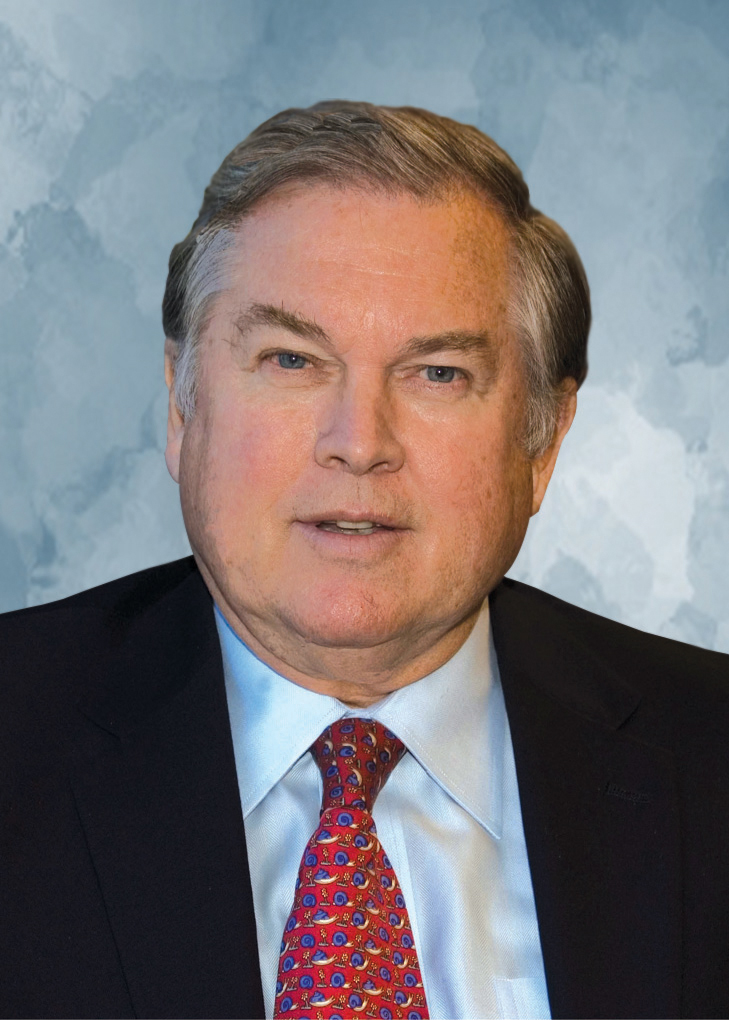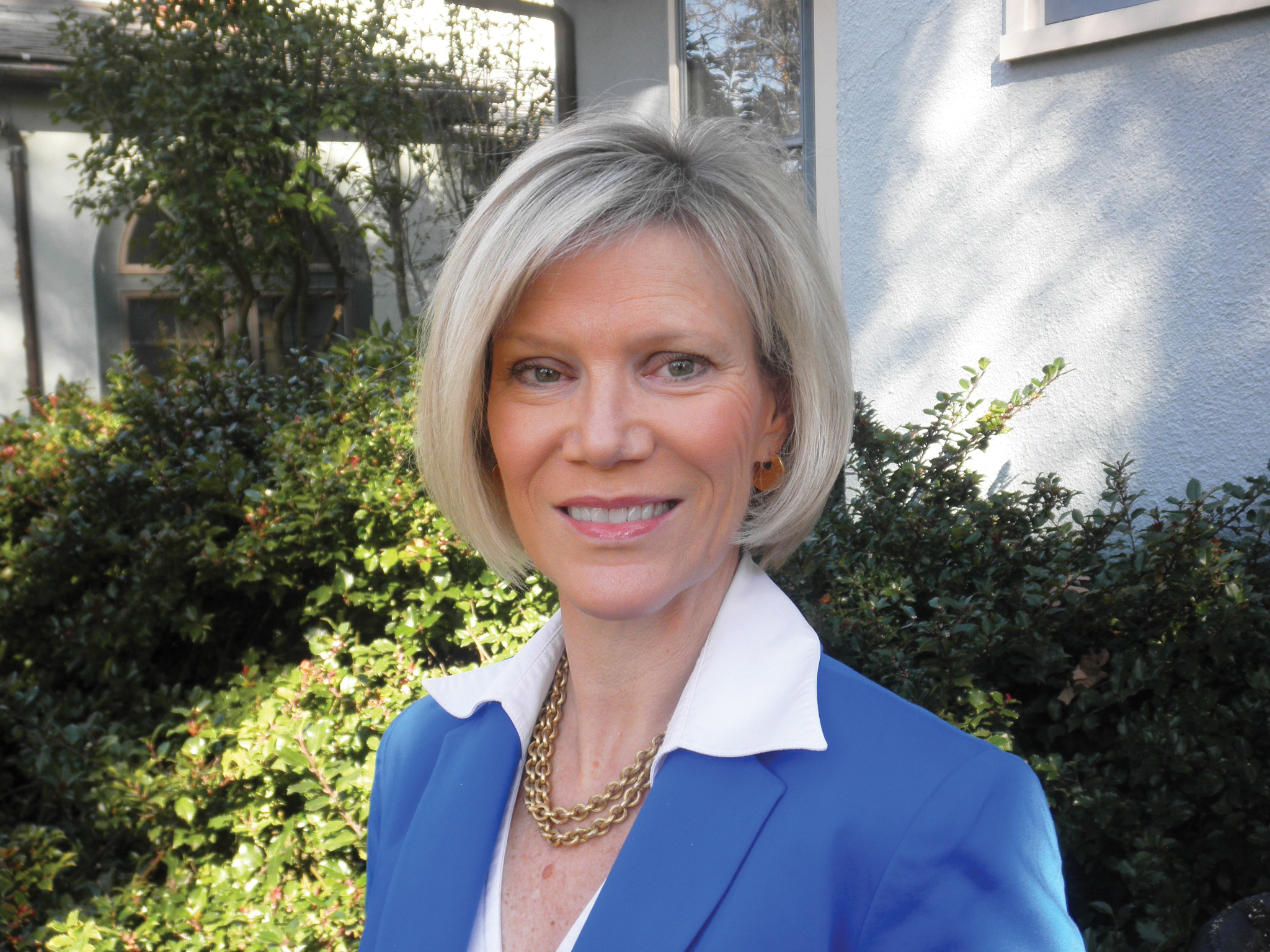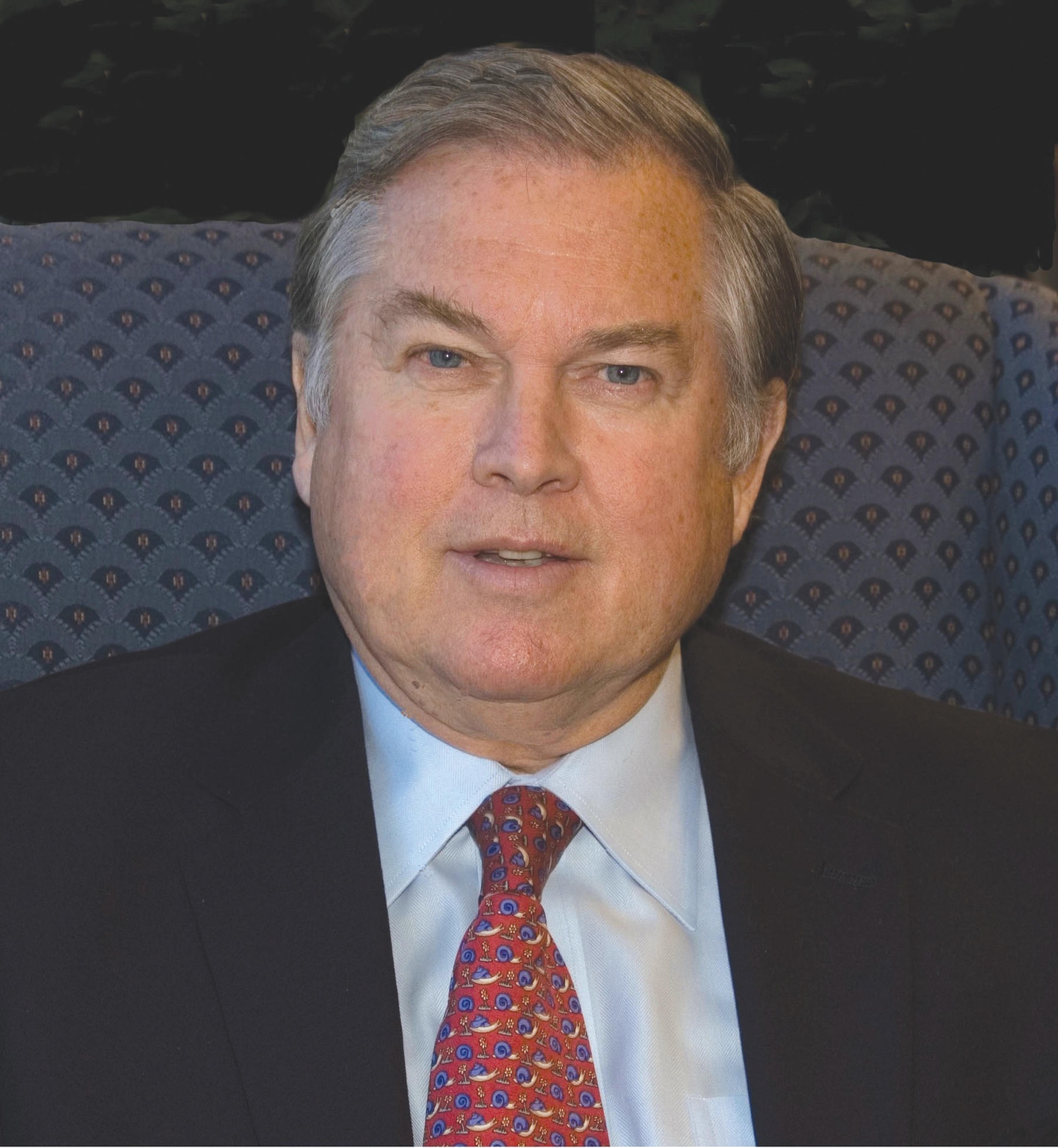
John Horsley will hang up his hat as executive director of AASHTO in February 2013. After 14 years at the helm, he will bow out convinced of the current and future benefits of ITS for US transportation.
Alot of exciting career opportunities still await young engineers in US transportation, says John Horsley, outgoing executive director of AASHTO – the American Association of State Highway and Transportation Officials. Horsley will be dedicating more of his time to matters of ITS after he stands down in February next year. His golf game is likely to receive as much attention, but he intends to provide his services as consultant where he can help – advising on ITS and finance. “Someone’s got to figure out how to pay for all this stuff,” he says.Horsley has been executive director at AASHTO – representing transportation departments of 50 states, the District of Columbia and Puerto Rico – since 1999. The operational environments of AASHTO’s membership have changed considerably during that time. State DOTs are still responsible for looking after vital transportation infrastructure, but where priorities were once design and build of new roads and bridges, there is now recognition of a different modus operandi: one focused on maximising the efficiency and throughput of existing transportation systems, of all modes.
Running parallel and in association with this shift has been the gradual introduction and then rapid development of systems of ITS. “States now recognise that they can operate more effectively with use of better technology, with patrols clearing incidents more quickly,” Horsley says. “There is recognition of the need to be more hands on with network operations.”
Growing sophistication
It has been during Horsley’s tenure that AASHTO has led implementation of states’ 511 travel information services – 70% of the US population now have access – and witnessed an internet and cellphone driven revolution in provision of traffic data, for individuals and DOTs. In one case, a consortium of five states has personalised the service, allowing 511 callers to access information tailored to their profile or specific journey. “Systems have become more sophisticated. We now have the likes ofHorsley is leaving AASHTO a confirmed advocate of ITS as a means for better management of transportation networks and the vehicles that use them. AASHTO was a founder member of
Dominating the show were the many connected vehicle initiatives – vehicle to vehicle and infrastructure – underway across Europe and in cooperation with the US. One of the V2V exhibits in Vienna featured an American truck communicating with a European car, demonstrating progress made recently with standardising vehicle communications between Europe and the US. Principally this will be for the good of promoting interoperability and mass market penetration of connected vehicle technology worldwide. Standard message data sets were agreed between US and European standards organisations earlier this year.
“For many years, connected vehicle developments have been predicated on 5.9GHz DSRC (dedicated short range communication), but it could be that cellphone technology will come to dominate the connected vehicle space. Regardless, it is remarkable that since the economic crash of 2008, government agencies have stuck at the concept,” Horsley says.
Concerted efforts
The FHWA asked AASHTO to participate in the US connected vehicle initiative in 2003. Support from AASHTO has continued with a strategic plan, which called for a concerted national effort on cooperative systems and led to FHWA establishing its Cooperative Transportation System Pooled Fund Study. This last is researching various different applications of vehicle to infrastructure technology, including transit and emergency vehicle traffic signal preemption (see ITS International Jan/Feb 2012).Another associated effort overseen by USDOT’s ITS Joint Program Office and led by the
“It’s looking promising that NHTSA will say yes to this,” Horsley says. “The technology has been under development for the last 12 years or so, and my betting is that we will start to see it installed in new models in about eight years time.”
Vehicles will be generating a lot of sensor based information by that point. Once they can communicate with each other this will go a long way to increasing safety and reducing congestion, “but it is likely to take a further 10 years for all vehicles to have the necessary equipment,” says Horsley.
“The next thing may be autonomous and connected vehicle developments reinforcing each other. You just have to look at the driver assistance systems that vehicle OEMs already have on the market and what they’re working on; all will need a sense of what other vehicles are doing. We’re going to see more coming out of driver assistance – the foundations of autonomous vehicles. The way that industry in general has improved productivity is through advanced technology and this is what we see coming for transportation.”
Implementing legislation
The positive picture for technological developments has been painted in part by the US Government passing the MAP-21 transportation bill earlier this year. This came as a halfway measure towards what the majority of AASHTO members were hoping for in terms of funding duration. “It was important that something got passed,” Horsley says. It also confirmed a further $200M transportation research fund for the next two years and effectively gave the green light for AASHTO to start implementing the results of its SHRP-2 strategic highway research program. A condition set out by MAP-21 that 75% of DOTs agree on award of additional funds has been voted in 45-3, resulting in a total of $150M in total for implementing SHRP-2, divided four ways under headings of safety, renewal, capacity and reliability.At the time of writing AASHTO members were heading to Pittsburgh for the organisation’s 2013 annual meeting, where they were expected to decide Horsley’s successor and how to implement the MAP-21 legislation, among other things. Also in Pittsburgh, a policy session of the AASHTO meeting was being held, featuring a lot of young people. “It’s very important that we listen to how young people tick”, says Horsley.
The organisation’s members are facing issues of an acute shortage of skilled people in engineering disciplines in future if the US transportation sector continues at current rates of recruitment. “We are offering great career opportunities and training programs but young people have their work cut out to get the skills needed to embark on what is a challenging career,” Horsley says. “Transportation is still a very exciting field, one that will get even more interesting as ITS gets more integrated with traditional civil engineering disciplines.”
STOP PRESS
The AASHTO board of directors has voted to approve Frederick “Bud” Wright as the organisation’s next executive director. Wright, a transportation consultant based in Alexandria, Virginia, formerly served as executive director and chief operating officer at the Federal Highway Administration. As FHWA’s COO he was responsible for a workforce of more than 2000 transportation professionals and an annual operating budget of $400 million. AASHTO president and director of the Michigan Department of Transportation Kirk Steudle says: “Wright’s proven leadership in critical areas such as transportation safety, policy, legislation and financial oversight, will be extremely beneficial to AASHTO as it works with its membership and lawmakers to shape the next surface transportation authorization bill.”












